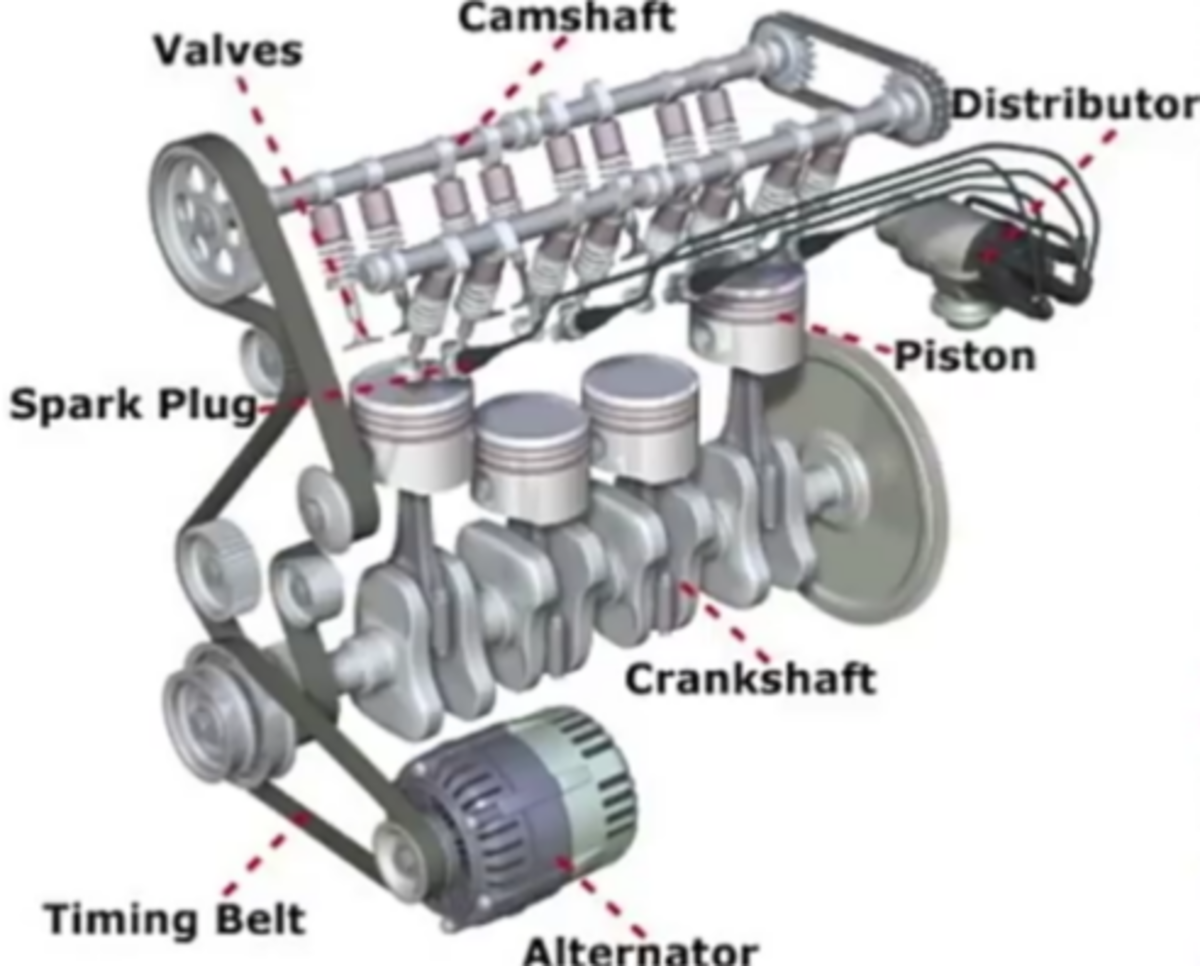How To Replace A Toyota Rav4 Timing Belt The Correct Way
How To Change A Toyota Rav4 Timing Belt With A 3S Engine
Before changing the timing belt the recommended time suggested by the manufacturer should be followed. If this information is not available a thorough examination belt should be made. Apart from the visible inspection of the belt, several other factors should be taken into consideration when checking the condition of the timing belt.
These should include but not limited to the following-
1. Is it an original or replacement belt.
2. Was the belt changed at the correct interval or when was the belt last changed.
3. Is there any record of the service history of the vehicle.
4. Has the vehicle been operated under extreme conditions which may require the belt to be changed earlier than recommended?
5. Is every other component that will be driven by the timing belt in good working condition? Eg typically the water pump, tensioner, pulleys.
Timing belt removal
The engine should be supported first before any work is done to remove the timing belt. Remove the front engine mount and bracket, auxiliary drive belts and the upper timing belt cover. The crankshaft should then be turned clockwise until the number one cylinder is on TDC {top dead center} and all timining marks are aligned.
The hole in the camshaft sprocket should align with the mark on the bearing cap, and the crankshaft pulley mark should align with the zero on the lower front cover. Remove the crankshaft pulley bolt and pulley as well as the lower timing belt cover.
The timing mark on the crankshaft should be aligned with the mark on the oil pump and the hole in the camshaft pulley should align with the mark on the bearing cap. The bolt securing the tensioner should now be slacken and move away from the belt and lightly retightened.
The crankshaft guide washer should now be removed as well as the timing belt and tensioner.
Installing the new timing belt
Before the new timing belt is installed the pulley should be check to make sure it is rolling smoothly and the free length of the tensioner spring measured to make sure it is forty six mm. If it is not within specks it should be replaced.
If all is good the tensioner and spring should be installed and pushed to the left and the tensioner bolt lightly tightened. Make sure the timing marks are aligned then fit the timing belt ensuring it is taut between the sprockets.
The crankshaft sprocket guide washer should be fitted and the crankshaft pulley temporarily fitted. The tensioner bolt should now be slackened which will allow the tensioner to operate.
Turn the crankshaft twice clockwise and ensure the timing marks are on TDC on the number one cylinder with the timing marks aligned. If the marks is off repeat the installation procedure.
When the timing marks is aligned, remove the crankshaft pulley then install the lower timing belt cover crankshaft pulley and crankshaft pulley bolt. Ensure the crankshaft pulley mark and the lower timing cover TDC mark is aligned.
The crankshaft should be turned slightly clockwise and the tensioner bolt tightened to 42Nm. The crankshaft bolt should also be tightened to 108Nm and all other components in the reverse of removal.



